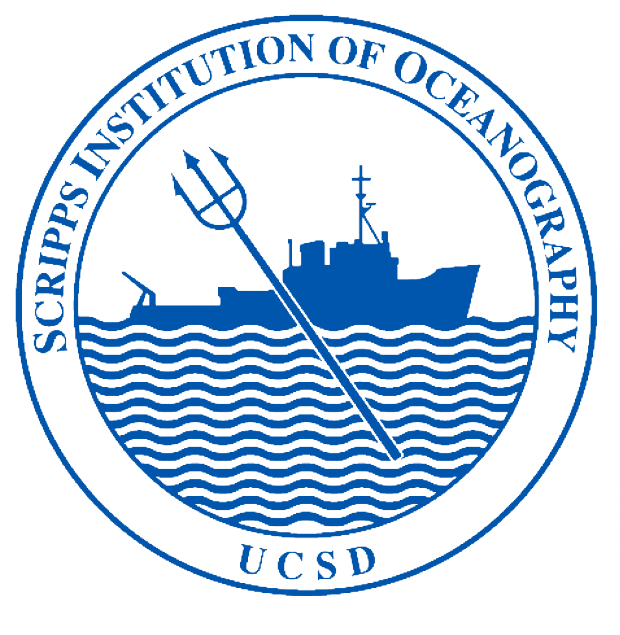About CalCOFI
Program Overview
The California Cooperative Oceanic Fisheries Investigations (CalCOFI) program is a unique partnership of NOAA’s Fisheries Service, Scripps Institution of Oceanography, and California Department of Fish & Wildlife. CalCOFI was formed in 1949 to study the ecological aspects of the Pacific sardine collapse off California. Today our focus has shifted to the study of the marine environment off the coast of California, the management of its living resources, and monitoring the indicators of El Niño and climate change.
CalCOFI conducts quarterly cruises off southern & central California. We collect a suite of hydrographic and biological data on station and while underway. Data collected at depths down to 500 meters include: temperature, salinity, oxygen, phosphate, silicate, nitrate, nitrite, light transmission, photosynthetically available radiation (PAR), C14 primary productivity, phytoplankton biomass and biodiversity, and zooplankton biomass and biodiversity. During station to station transits, data are collected: sea surface & meteorological measurements using a variety of sensors, ocean surface currents using Acoustic Doppler Current Profiler (ADCP) data; fish eggs using the Continuous Underway Fish Egg Sampler (CUFES) on winter, spring, & summer cruises, juvenile and adult fishes via trawling (winter and spring cruises), and distributions of fishes in the water column via acoustics (EK60 or 80).
In 2004, the California Current Ecosystem – Long Term Ecological Research (CCE-LTER) program began its collaboration with CalCOFI to further characterize the biogeochemical and ecological system of the California Current. The CCE-LTER program augments CalCOFI through sampling focused on the biogeochemistry of the system (organic and inorganic carbon and nitrogen and their properties) and detailed characterizations of communities ranging from bacteria to mesopelagic fishes. CCE-LTER also conducts process cruises within the CalCOFI grid and operates autonomous gliders along lines 80 and 90.
Ancillary data: The inorganic carbon system is characterized through measurements of pH, TCO2 and TAlk on bottle samples and the underway measurement of pCO2 and pH. Marine mammal and sea bird visual surveys are conducted during transits between stations, and marine mammal acoustics are recorded between and during stations.
CalCOFI hosts an annual conference, produces quarterly hydrographic data reports for each cruise, and maintains a publicly-accessible data server. CalCOFI hydrographic & plankton data are distributed to the community for use without restriction. Unless otherwise noted, data can be considered to be final data which have been evaluated using CalCOFI data quality control procedures. Methods for data collection and processing are summarized in cruise data reports introduction. Annual CalCOFI Reports and individual Cruise Data Reports are available as PDFs on this website and at the UCSD library. You may also contact the data manager about preliminary data availability.
CalCOFI research is supported by contributions from the participating agencies: NOAA’s National Marine Fisheries Service, Southwest Fisheries Science Center, University of California, Integrative Oceanography Division at the Scripps Institution of Oceanography, UCSD, and The California State Department of Fish and Wildlife, Marine Region.
For more information on CalCOFI, see our Research Plan
Surveying the California Current since 1949
Check out our History page for excerpts and links to “the CalCOFI Book”, written by Sam McClatchie, that describes the origins of CalCOFI. You will also find links to our original CalCOFI report.
Ancillary Programs
In addition to the core hydrographic and fisheries data collected on each cruise, CalCOFI regularly collects ancillary data for several other affiliated programs. Cruises typically have a marine mammal and avifauna observer to collect data on the megafauna of the California Current. CalCOFI also routinely collects additional hydrographic and biological samples including phytoplankton measurements for LTER, dissolved inorganic carbon, and we often deploy wave buoys for other programs as well. Check out our Affiliates page for more information.
Interested in learning how we collect our data?
We work hard to provide you the best quality oceanographic data. Find information about our survey equipment, research ships, station positions, station operations, and our complete methods.


